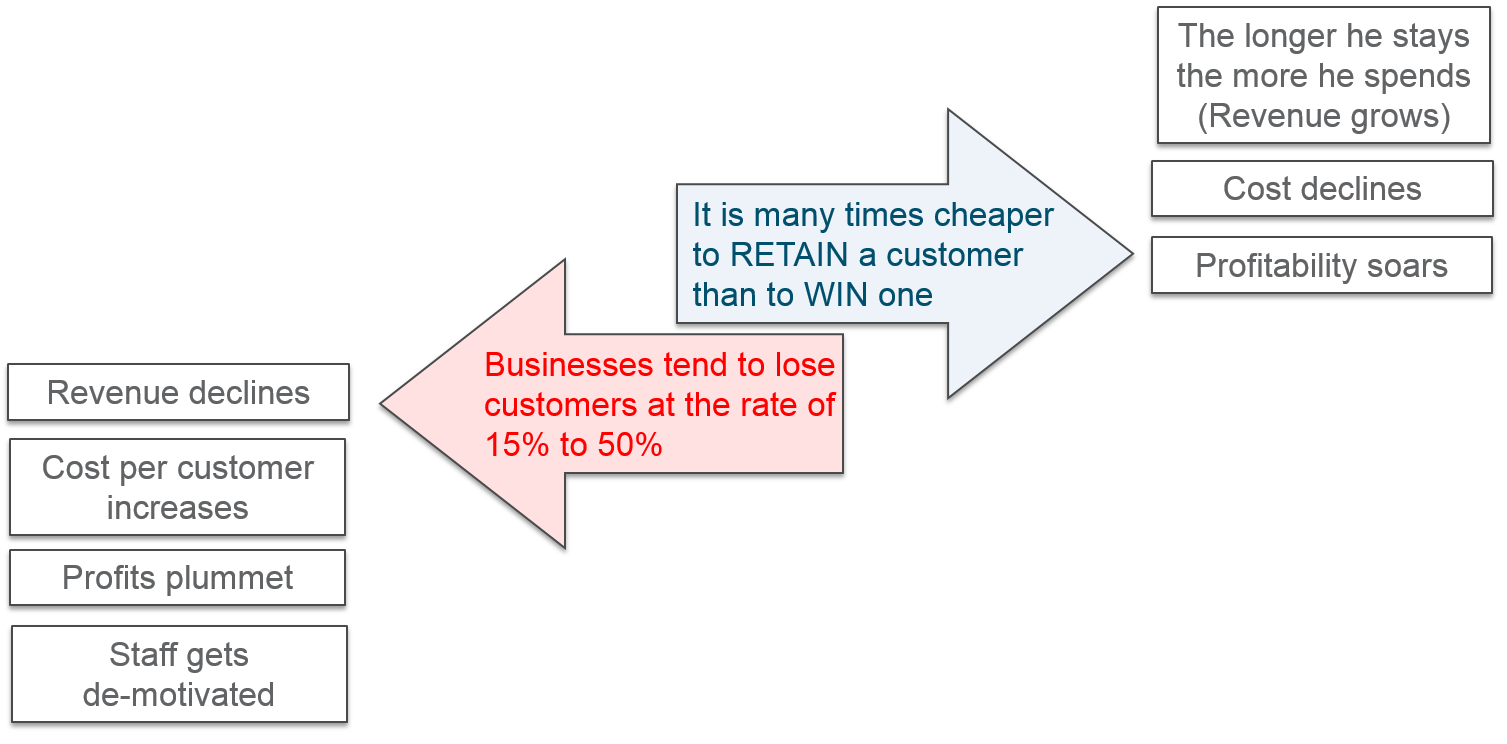
Exhibit 6.0 Impact of Retention and Attrition.
“The only profit centre is the
customer” — Peter Drucker. Businesses cannot exist without them.
It is many times cheaper to retain a customer than to win one.
As depicted in Exhibit 6.0, the longer customers stay
the more they spend. And, as companies get to know them, they become more
efficient in serving them. They benefit from economies of scale. Their revenue
increases, costs decline and consequently profitability soars. Depending upon
the industry, a 5% improvement in customer retention can
increase profitability by 25% to 85%, in terms of net present value (Reichheld
and Sasser, 1990).
On the other hand if customers are unhappy, they
tend to go elsewhere. With attrition, revenue declines and cost per customer
increases. As profits plummet, businesses are compelled to cut costs, often
resorting to retrenching employees. That further de-motivates staff, plunging
the company into a vicious downward spiral.
Retaining customers is not only a marketing prerogative, but
also a survival strategy. Poor customer
satisfaction eventually leads to bankruptcy and closure of business.
This chapter imparts an understanding
of how to manage customer satisfaction. It covers a wide array of topics on the
subject including the evolution of customer satisfaction, the interplay between
employee satisfaction and customer satisfaction,
customer loyalty, customer satisfaction measurement, transaction and
relationship surveys, drivers of customer loyalty and satisfaction, and the
Kano model.
The chapter also provides an overview of customer
value management, i.e., the process of creating superior value for target
customers and securing an equitable return on the value delivered. Concepts
such as customers’ value-in-use and customers’ purchasing philosophy are
reviewed here.